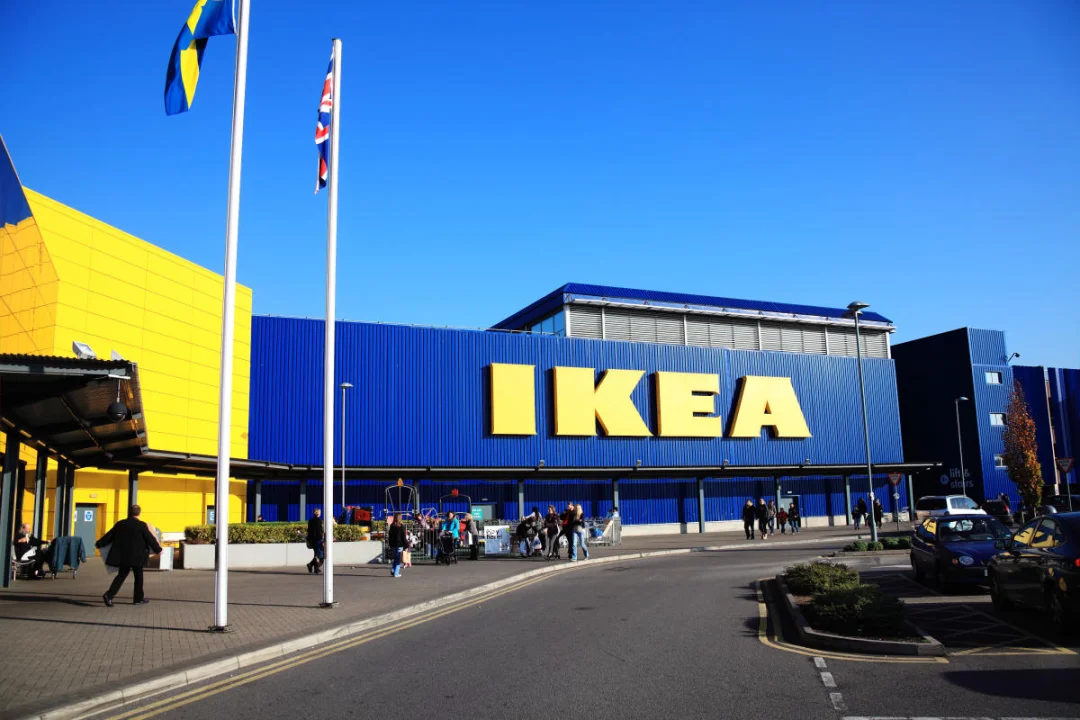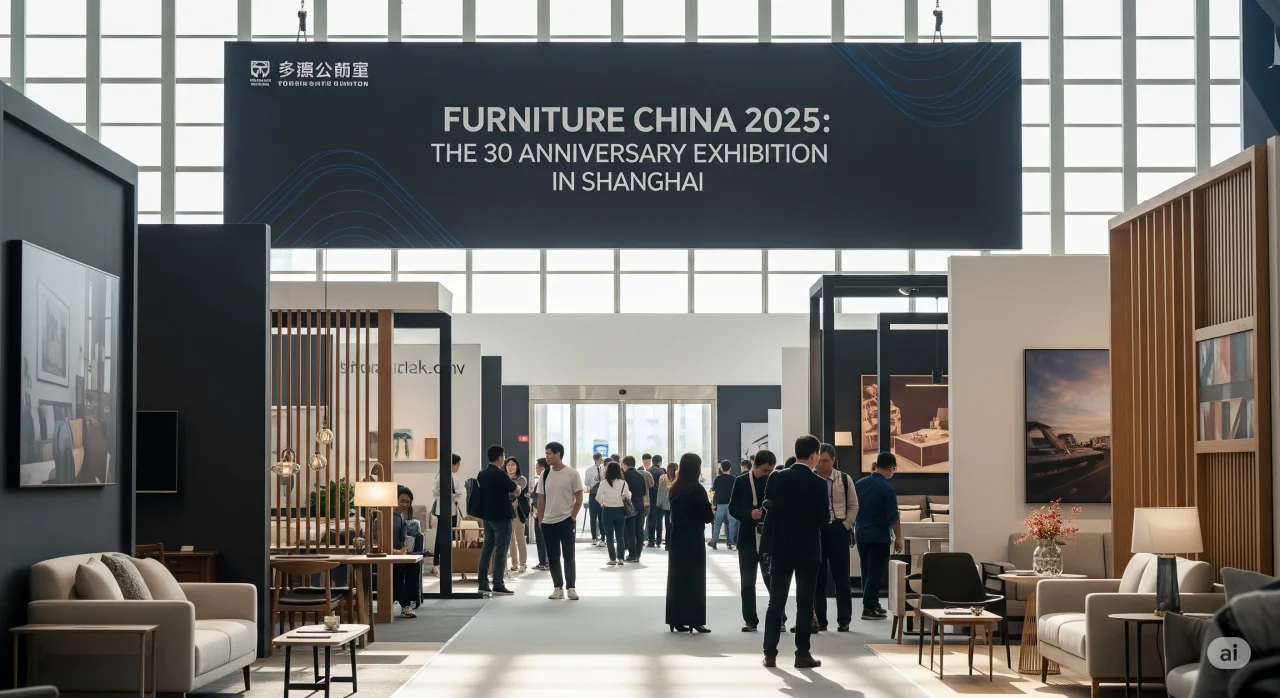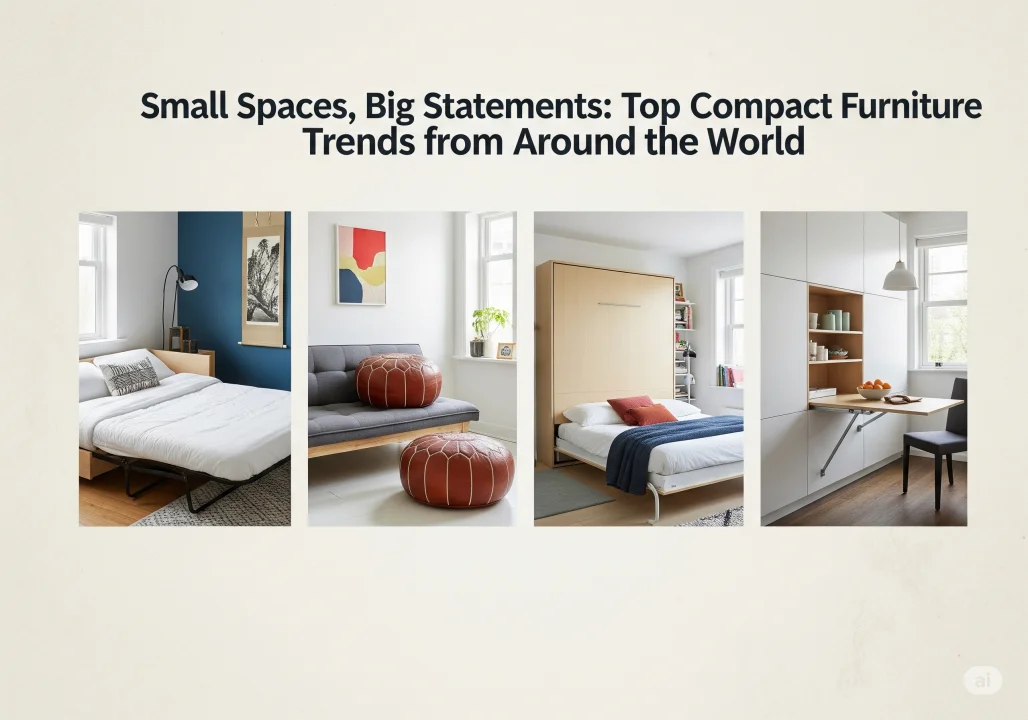Italy’s Luxury Furniture Industry Braces for Renewed Tariff Challenges Ahead of Milan Fair
Italy’s iconic luxury furniture industry, renowned for its craftsmanship and timeless design, is grappling with a fresh crisis as looming Trump-era tariffs threaten to impact up to one-third of its exports to the United States. The timing coincides with the prestigious Milan Furniture Fair (Salone del Mobile), where industry leaders are rallying to address the challenge with resilience, declaring, “We always find a solution.”
Why Trump’s Tariffs Spell Trouble for Italian Luxury Furniture
The proposed 10-25% tariffs on European imports, reinstated under former President Donald Trump’s trade policies, could devastate an industry that relies heavily on the U.S. market. With approximately 33% of Italy’s high-end furniture exports destined for American buyers, brands fear rising costs could alienate loyal clients and stifle growth.
“The U.S. market is irreplaceable for us,” said Carlo Rossi, CEO of a leading Milan-based design firm. “But history shows Italian creativity thrives under pressure. We’ll innovate, negotiate, and protect our heritage.”
Milan Furniture Fair 2025: A Platform for Reinvention
At this year’s Milan Furniture Fair, the industry’s premier global event, brands are emphasizing adaptability. Exhibitors are showcasing sustainable materials, customizable designs, and hybrid luxury-commercial collections to appeal to cost-conscious buyers without compromising quality.
A Familiar Battle: Lessons from Past Trade Wars
The sector faced similar hurdles in 2018 when Trump’s initial tariffs slashed exports by 15%. However, Italian manufacturers pivoted by strengthening ties in emerging markets like China and the Middle East. This year, experts suggest doubling down on Asia’s growing appetite for luxury interiors while lobbying EU officials for targeted support.
Challenges Ahead: Costs, Competition, and Consumer Shifts
Production Costs: Rising raw material prices and energy bills compound tariff pressures.
Global Rivals: French and German luxury furniture brands are also vying for market share.
U.S. Demand Slowdown: Economic uncertainty prompts American buyers to delay big-ticket purchases.
Industry Leaders Stay Optimistic
“Tariffs are a hurdle, not a dead end,” remarked design icon Lucia Bianchi. “Our value lies in artistry that machines can’t replicate. When you buy Italian, you invest in centuries of tradition.”
What’s Next for the Sector?
Lobbying Efforts: The European Furniture Alliance is urging Brussels to negotiate exemptions for luxury goods.
Diversification: Brands are expanding into bespoke hospitality and yacht interior design.
Digital Pivot: Enhanced e-commerce platforms aim to connect directly with U.S. consumers.








